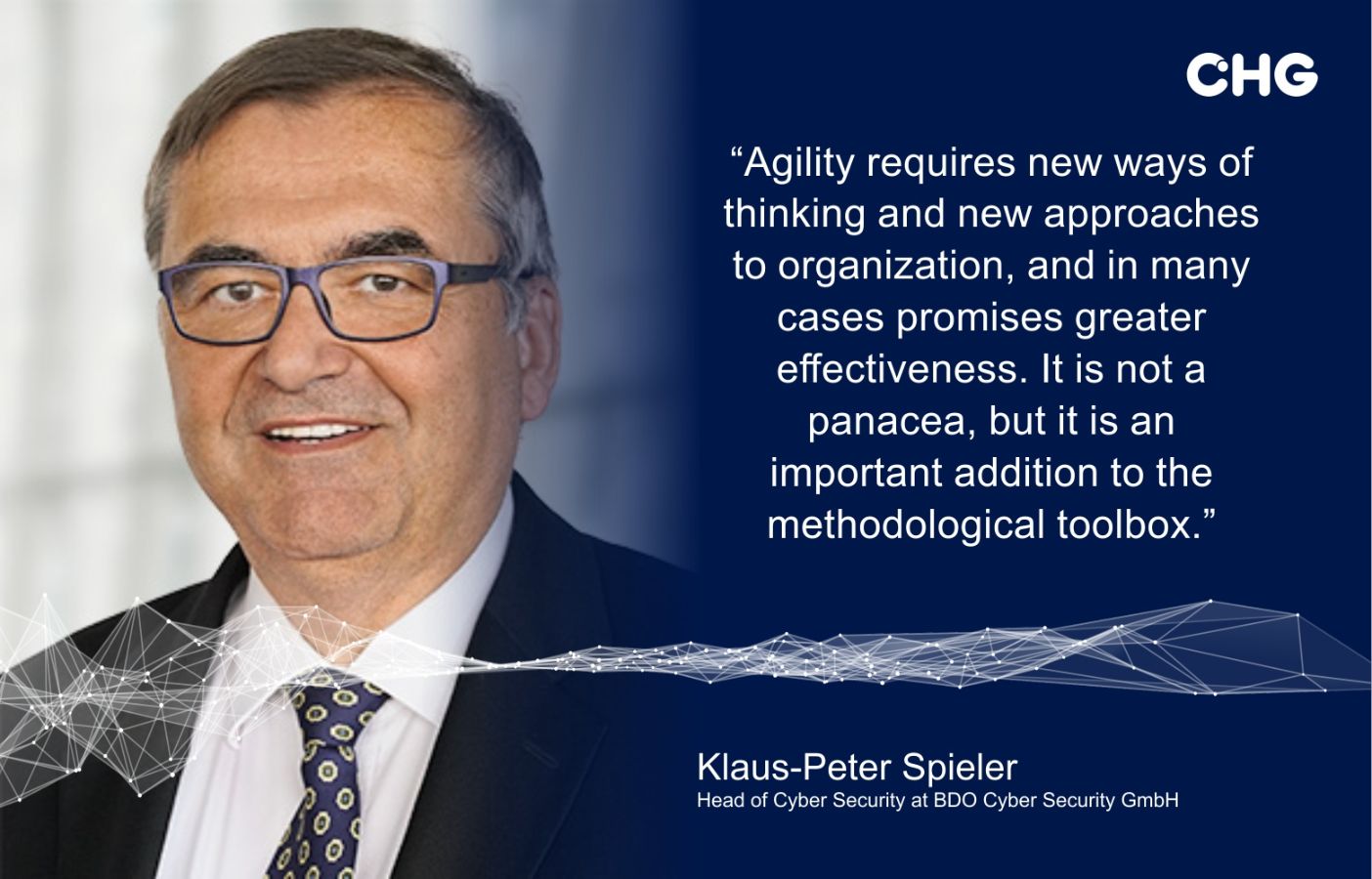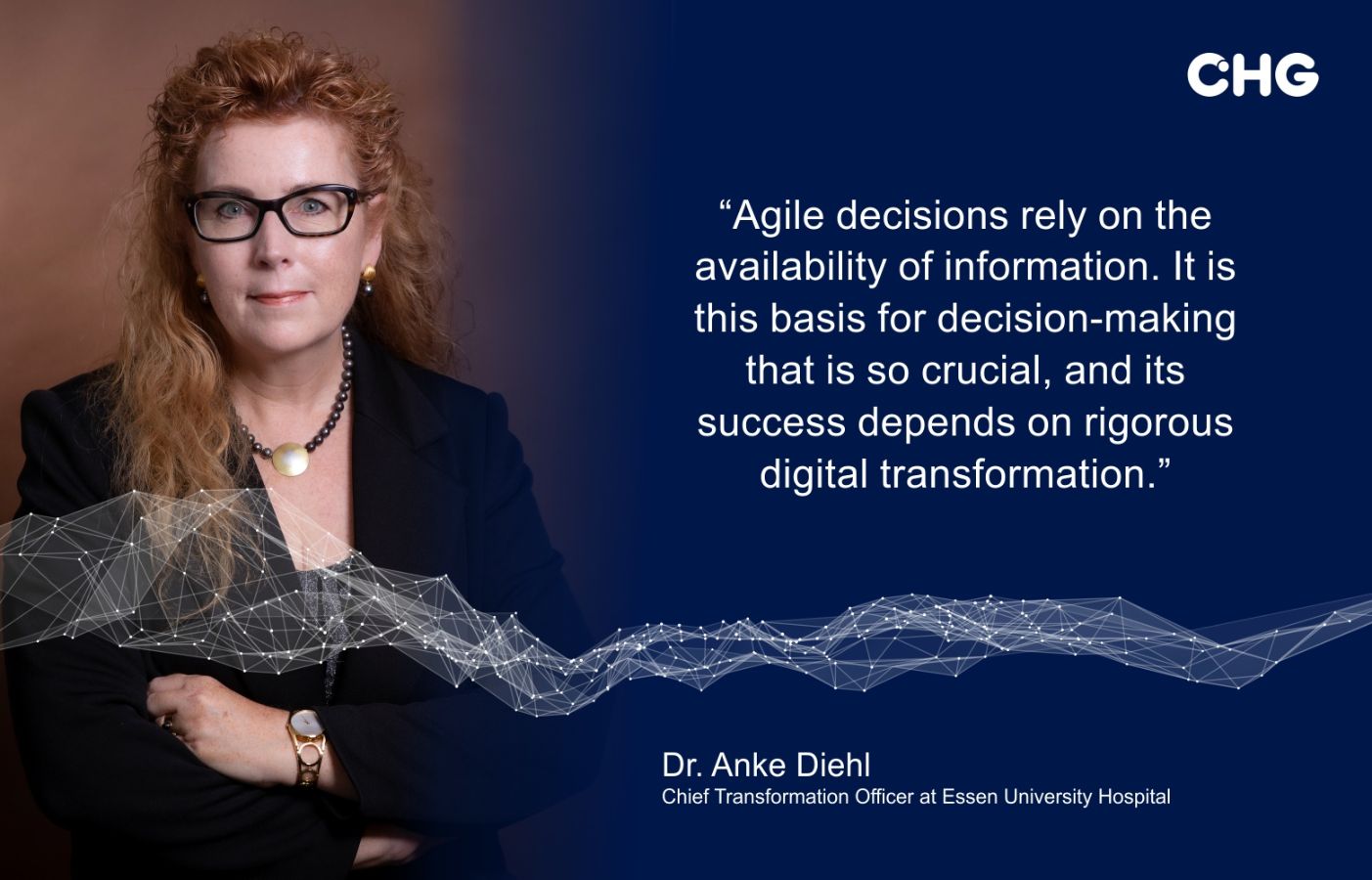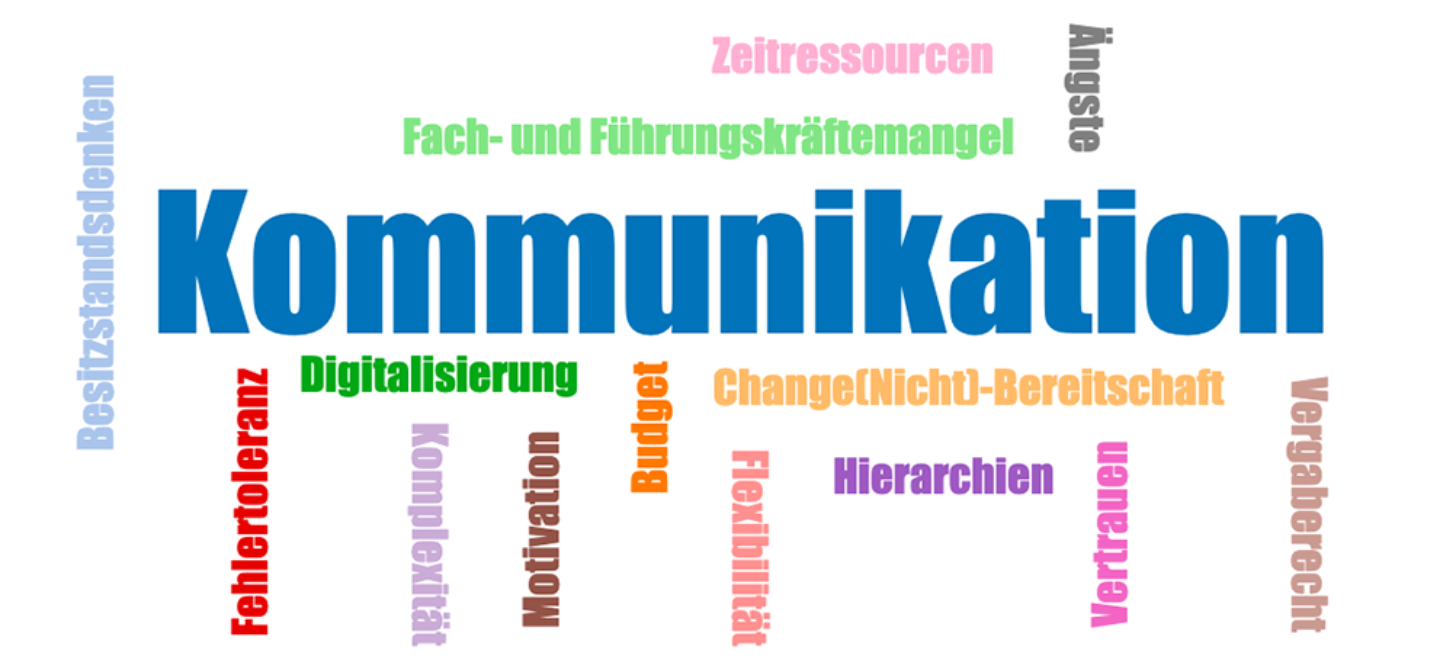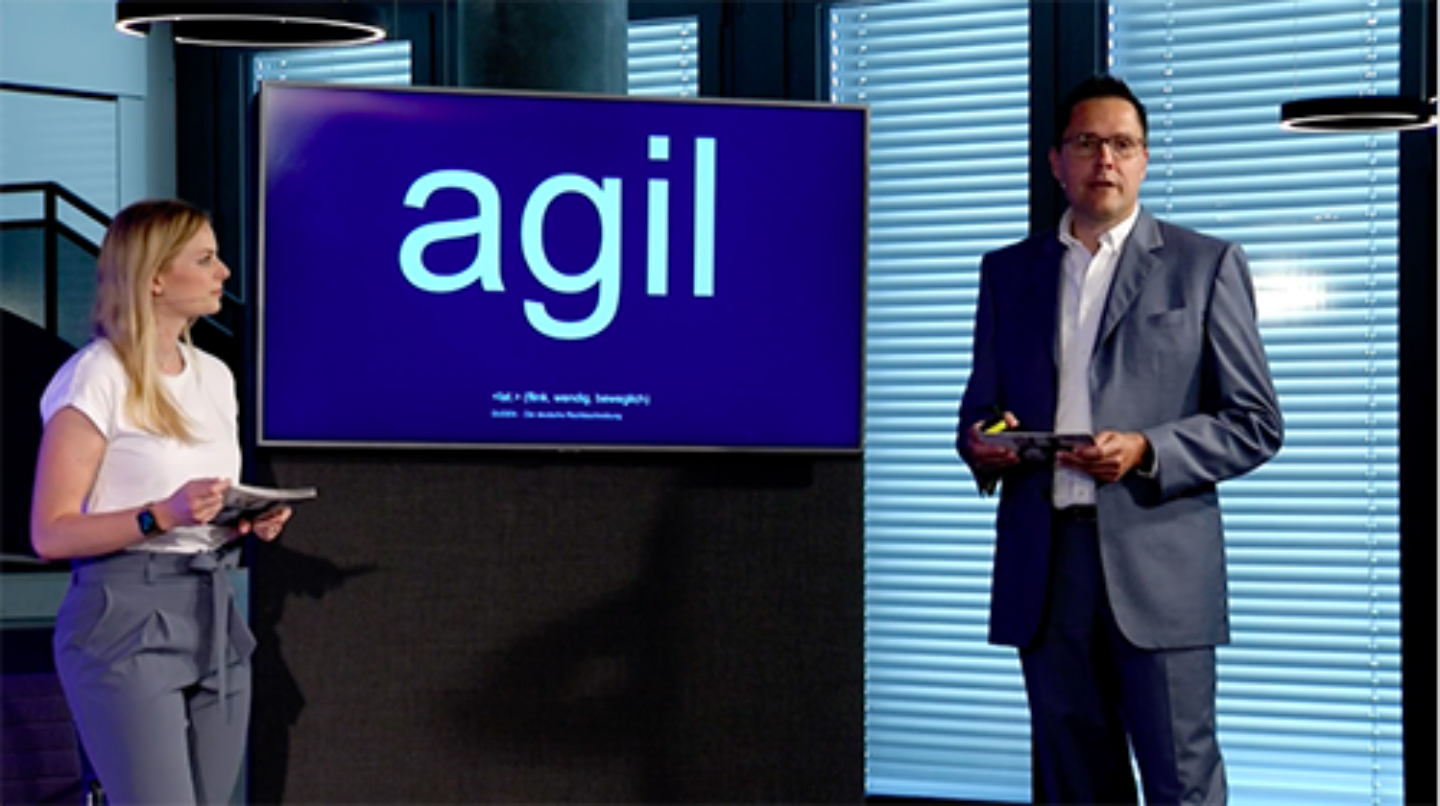Sprints, not plans
Implementing agile methods in hospitals can prove challenging, as existing hospital structures and hierarchies are sometimes the exact opposite of what lies at the core of any agile approach. “We plan in blocks that extend over two weeks or a month as this allows us to react to changes,” says agility expert Sabina Lammert, referring to her day-to-day project work. Breaking up long planning horizons into short sprints contradicts much of what has been common practice in hospitals to date.
The pandemic as accelerator
However, the COVID-19 pandemic has led to a rethink in recent months. The exponential spread of the virus, shortages of materials and completely exhausted personnel have suddenly challenged empirically validated predictability, to the extent that hospital management is now open to new ideas. Martin Peuker, CIO of Charité University Medical Center in Berlin, spoke about it at the 2021 DIGITAL.DIALOG: “Out of nowhere, agile topics were on the agenda,” he says. Within a few days, his team developed an inhouse app for employees. And suddenly there was a topic to tackle that had rarely raised its head in a hospital context before: working from home. “We are by no means completely agile,” Peuker acknowledges. But things are gradually changing. New working environments are being created in which employees, including from IT, can work together to find solutions. And perhaps most importantly of all, a commitment to agile methods is taking hold. “It is not enough to have one person embracing this approach. Agility must be embedded in the hospitals’ DNA, and change management is needed to establish agile methods in IT,” says Peuker.
When the solution no longer fits the problem
Agile methods also boost digitalization. Klaus-Peter Spieler, Head of Cyber Security at BDO, explained how the two interact: “Agility is the approach, and the strategic goal is digitalization.” But how can agile methods help to achieve the objective of digitalization? Spieler says that conventional project management takes far too long. If new events occur and new influences arise during implementation, the pressure to change the original project becomes too great. All too often, the solution achieved at the end of the project no longer meets the current requirements. According to Spieler, another problem with conventional project management is that it rarely allows the entire organization to share in the knowledge gained.
Yet this kind of ongoing learning across the organization is particularly crucial in hospitals with their many hierarchical levels and complex processes. In the area of medication, for example, there are many elements that have to work together, such as logistics, warehousing, distribution, medical expertise, and validation. Agile methods could help to ensure that each of these departments has a good level of knowledge and understanding of the requirements of the others.
The well-informed customer
Dr. Anke Diehl, Digital Change Manager at Essen University Hospital, put it in a similar way: “With agile methods, you become part of a network, and this provides a new basis for communication. You can only make good decisions if you are well informed.” She speaks from personal experience: she studied medicine, is a physician, and has a degree in management. “I have always enjoyed this type of interdisciplinary work,” she says. She has also observed a change in the responsibilities of hospital IT departments: “The IT department is no longer just there to install software; it also contributes data to the process.” And this digitalized process must involve doctors just as much as hospital technology or patients, whom Diehl prefers to call customers. As customers, their expectations are quite different. They are better informed, and they expect to remain so throughout their treatment. Diehl also experienced how quickly hospital organizations can change as a result of the pandemic. In Essen, for example, a bot provides a daily morning update on the current stock levels for protective equipment.
The biggest hurdles
The future from the Stone Age
It is not just the digitalization processes that can be agile, but also the financing of hospitals. This is where CHG-MERIDIAN comes in. “Projects that are crucial to future viability are being tackled using methods from the Stone Age,” says Peter Krause, Head of Healthcare Sector Sales at CHG-MERIDIAN. By Stone Age he means planning horizons in the procurement and financing of healthcare technology that stretch over several years. Instead, he believes hospitals should turn to agile methods of financing, especially when it comes to digitalization.
The first step is always an analysis of the actual equipment usage. If financing ultrasound equipment for a hospital, for example, Krause would plan for no longer than 48 months and would take a close look at how many devices there are, which of them are actually used, and which ones are used less. Flexible financing also makes it possible to quickly return equipment that is not being used or to pass it on to other hospitals, while ensuring that the best available technology is being used at all times. “Agile transformation and digital transformation work hand in hand,” says Krause.
Step by step
Agility expert Sabina Lammert warns against viewing agility as a giant, monolithic block, or as an immutable program – that is to say, as a rigid tool that will change everything. “There is no such thing as a single, true ‘agility’.” As our brains do not like change, it is important to allay fears at the beginning of such processes by openly discussing what previously worked well and what did not. “Agile processes must be based on a clear and identifiable need, not simply on a desire for change for the sake of it,” says Lammert.






